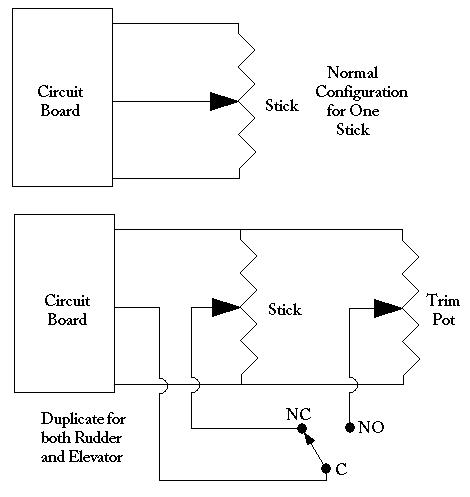|
International Hand Launch Glider Festival |
|
| Servos/Receivers/Batteries What are people using in their ships? Receivers A number of receivers were being used at the contest. The Hitec 555 was the most common. Along with this receiver there were IPD receivers from Mulitplex, JR 600 and JR 610 receivers, Hitec Feather receivers, FMA Slimline 8 channel receivers, Berg receivers and FMA Extreme 5 receivers. Each pilot generally has a receiver which permits a quick crystal change. This is important for the fly-off man-on-man events. Servos The most popular servo at the contest was the Hitec HS-55. At a discount price of approximately $20, they represent a good servo for the price. The Hitec servos have strong gears and deliver high torque. These are important factors for the stresses on the plane during launch. Another servo used was the new JR-241, which also has high torque and a strong gear train. The other servos used were the CS-20/21, CS-10, and MX-30. Batteries The batteries used in the planes varied depending on the number of servos the plane used as well as the flying time required. For example, a normal flight round is 10 minutes. The preparation window prior to the round is normally 5 minutes. Therefore, the batteries must be able to power the plane for approximately 15 minutes, with all the power required to keep the servos moving at all times. If the pilot is using a 2 servo ship with a standard receiver, a 110 mAh battery can power the ship for approximately 25 minutes, moving the servos all the time. If the pilot is using a 4 servo ship, as in the Encore and other flapped ships, a 250 mAh battery pack is often used. For the 6 servo ships, like the aileron Raptor, the pilots used nickel-metal hydride (NiMH) batteries, which are rated at over 450 mAh, but are of the same size as the 250 mAh NiCad batteries, with just a little more added weight. NiMH batteries used on a 2 servo ship can power the plane for over 1 hour. Now for the real requirement. The worst thing that can happen to a flyer is to have the batteries go dead during a flight. To avoid this condition, the pilot must start with a fresh, fully charged battery and be able to know when to stop flying. The solution is to have a countdown timer on your transmitter to keep track of the plane's flight time. Start the timer just before you turn on the plane, and stop when the timer reaches the preset time you have set. If you go past this time, you risk loosing the plane to either a crash, or even a fly-away if the plane is in a thermal and high. To keep the batteries fresh, most pilot had field
chargers. The most popular are the Sirius chargers. The
most recent addition to the charger line permits the pilot to use a 7
or 8 cell battery pack to recharge and keep peaked the small 110-250
mAh NiCad packs. These charges are reported to be better for
NiMH
packs since the peak detection and pulse charging electronics support
the battery design better. Other chargers used were the Astro
110D and 112D, as well as the Hobbico chargers offered by most of the
major model airplane catalog suppliers.
For the multi-servo ships, the more complex transmitters provide the ability to set rates, mixing as well as launch offsets. Many pilots modify their transmitters to permit them to use a push button for launch presets. To modify the Focus 3 channel systems, is simple and a full article is available on the internet at: http://www.polecataero.com/articles/focuspreset.html Jerry Krainock modified his Focus 3 channel radio using common parts available at the local Radio Shack store. Jerry used a double pole switch and 5K ohm variable resistors to provide offset setting for the rudder and elevator at the same time. The circuit below, courtesy of Bill Watson for Jerry, was easily wired and when the switch is in the launch position removes the stick control from the transmitter. When the switch is released, the normal controls are returned to functioning on the transmitter. Please review the circuit and proceed carefully.
|
|
|
©2001 Crawford-Adams Enterprises All Right Reserved. |
|
